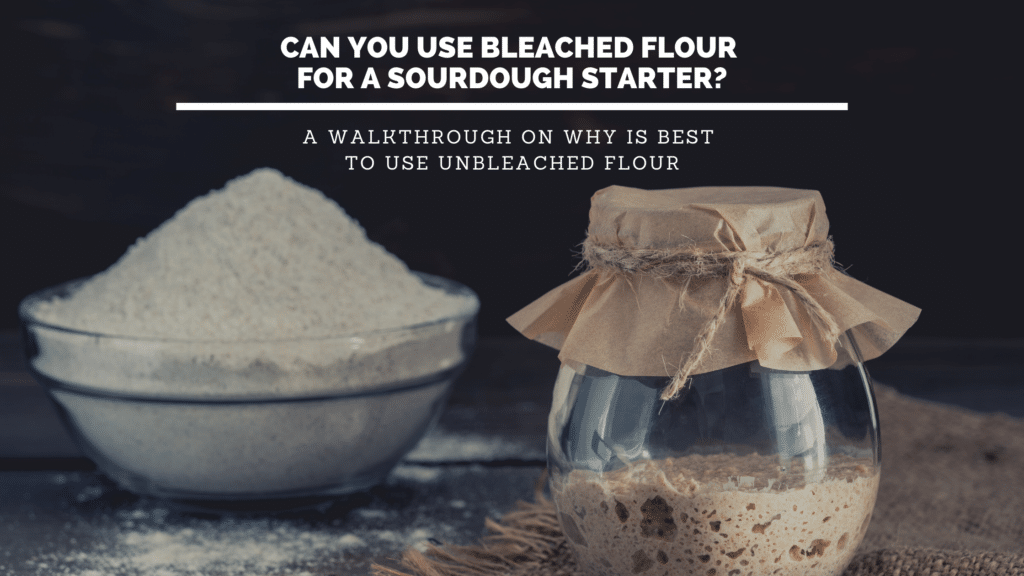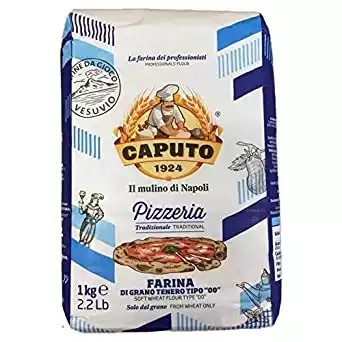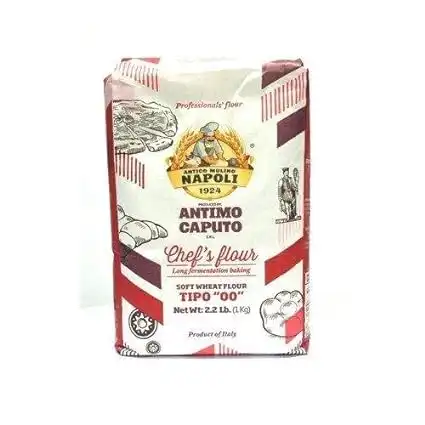Using Bleached Flour in Sourdough Starter?
Are you wondering if you can use bleached flour for sourdough starters? Have you tried using a starter for pizza dough?
We understand that the choice of flour can make or break a delicious sourdough pizza crust. Bleached flour, while commonly used in various baking applications, raises questions about its suitability for sourdough starters.
This post will delve into the nuances of using bleached flour for sourdough starters, explore its potential effects on fermentation, and reveal whether it’s a wise choice for those perfect, airy crusts.
Bleached flour can be suitable for a starter depending on the time, resources, and specific needs.
While you can use bleached flour for creating a sourdough starter, there are specific reasons why it is better to use unbleached flour.
Read on to uncover the secrets of creating the ultimate sourdough pizza experience, and let our expertise guide you in your culinary journey
Let’s go over them!
Here’s What You Will Find:
Key Takeaways
Can You Use Bleached Flour for Sourdough Starter?
Slower fermentation: Bleached flour’s reduced microbial count can lead to slower fermentation in your sourdough starter, affecting your pizza dough’s rise and flavor development.
Weaker gluten structure: The bleaching process alters the protein content in the flour, potentially impacting gluten development and resulting in a less elastic pizza dough with a less desirable texture.
Diminished nutrition: Using bleached flour in your sourdough starter may result in a pizza crust with lower nutritional value, as the bleaching process strips away some vitamins and minerals.
Opt for unbleached flour: To achieve a robust, flavorful sourdough pizza crust, use unbleached all-purpose or bread flour in your starter for better fermentation, improved gluten structure, and higher nutritional content.
What is Bleached Flour?
Bleached flour is a refined flour, which means that the wheat kernel’s nutrient-rich bran and germ have been removed, depriving the grain of many of its vital vitamins and minerals and leaving just the endosperm.
Then, it is treated with chemical agents like benzoyl peroxide, potassium bromate, or chlorine to produce a distinctive white color.
The bleaching process helps speed up the aging of the flour, which in turn improves its baking qualities. This process makes the flour whiter, softer, and finer-grained.
However, this chemical procedure alters the end product’s taste, texture, appearance, nutritional profile, and possible baking applications.
The process of bleaching destroys any wild yeast on the grain, and stripping the outer layer of the kernels to make white flour removes a large percentage of those same yeasts.
Aside from the physical changes in the flour, the bleaching process also enhances the dough’s viscosity and machinability. It also has the edge over others, particularly regarding the flour’s longevity.
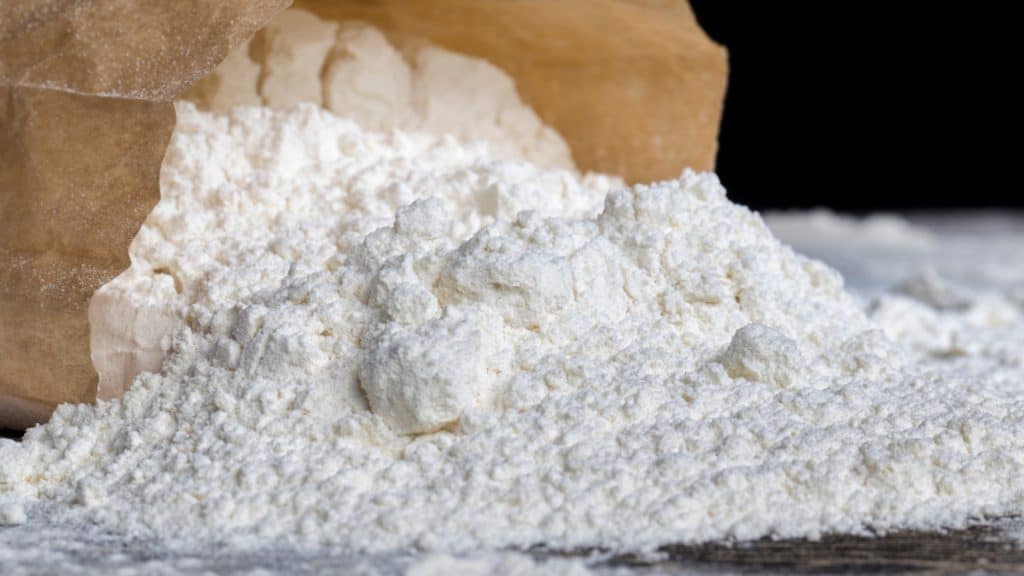
How Does it Compare to Unbleached Flour?
Knowing what bleached flour is, you can quickly identify what distinguishes it from unbleached flour.
Specifically, these two differ in processing, appearance, texture, and taste.
Bleached flour contains different chemical agents that help speed up aging. On the contrary, unbleached flour ages naturally. As a result, their distinct processes significantly affect the color and grain of each kind of flour.
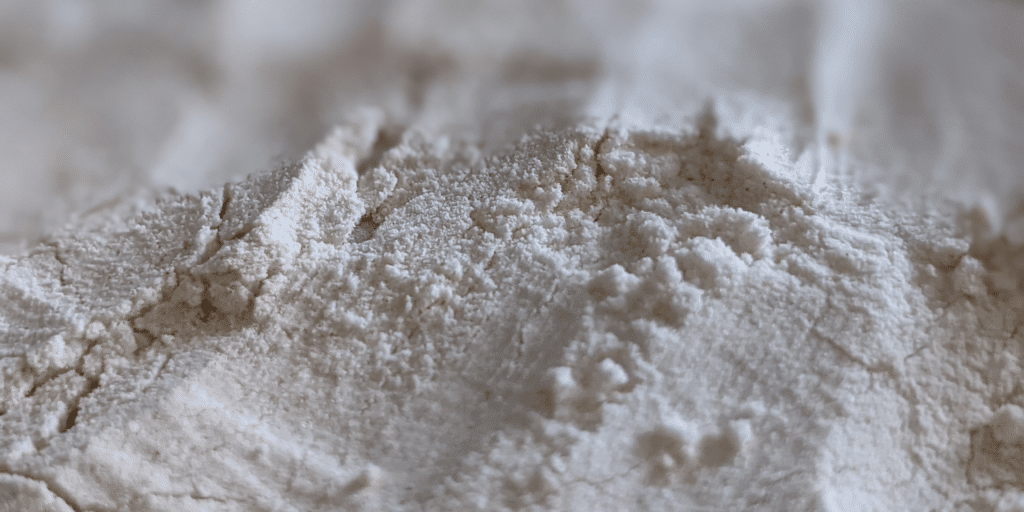
Furthermore, unbleached flour is off-white, which stays dull as it ages. In addition to that, it contains more grain compared to bleached flour. Although it is expensive, having a denser texture than bleached flour gives more structure to baked goods.
As stated above, you can use any whole-grain flour for a sourdough starter. But it would not be very wise to use bleached flour. The reason for this is this type severely impacts the life of the microorganisms in the starter.
It is much more advisable to use unbleached flour in making a sourdough starter for your pizza—bleached flour damages the yeast in the grains, affecting the quality of your dough.
Consider bleached flour as a last resort, something to pursue only if the more ideal choices are out of reach or unavailable. The perfect case choice is to make use of unbleached flour.
This practice is beneficial for those who regularly create sourdough starters. You want to save time and be efficient, especially if you have better options.
Can You Use Bleached Flour for Sourdough Starter?
To answer the question of whether you can use bleached flour in a sourdough starter, it’s essential to understand the differences between bleached and unbleached flour, as well as the role flour plays in sourdough fermentation.
As the name suggests and we previously explained, Bleached flour undergoes a chemical bleaching process to speed up aging, improve texture, and achieve a whiter appearance.
This process typically involves using chemicals such as benzoyl peroxide or chlorine gas, which can alter the flour’s protein and nutritional content. On the other hand, unbleached flour is allowed to age naturally without any chemical intervention.
Sourdough starters rely on the naturally occurring yeast and lactic acid bacteria present in the flour and the environment to initiate the fermentation process. These microorganisms feed on the carbohydrates in the flour, producing carbon dioxide and alcohol, which give sourdough its distinct taste and texture.
Now, let’s examine the potential impact of using bleached flour in a sourdough starter:
Reduced microbial activity
The bleaching process may lower the flour’s microbial count, affecting the yeast and lactic acid bacteria essential for fermentation. Consequently, using bleached flour may result in a slower or weaker sourdough starter.
Altered protein content
Bleaching can modify the protein structure in the flour, potentially affecting gluten development. This might lead to a less elastic dough and impact the overall texture of your sourdough bread or pizza crust.
Nutritional loss
The bleaching process may strip away some vitamins and minerals from the flour, diminishing its nutritional value. While this may not significantly impact the fermentation process, it could affect the health benefits associated with sourdough bread.
While it is possible to use bleached flour in a sourdough starter for any pizza recipe, its chemical treatment may yield a subpar fermentation process and an inferior final product compared to unbleached flour. We recommend using unbleached, all-purpose, or bread flour in your sourdough starter for optimal results.
These flours retain more of the natural yeast and lactic acid bacteria, facilitating a more robust and active fermentation process, ultimately leading to a superior sourdough experience.
What Happens if I Use Bleached Flour in a Sourdough Starter?
Unbleached flour is preferable, particularly whole wheat or whole rye. But if you do not have any unbleached flour available or it is too much of a hassle to obtain one, then you can still use bleached flour.
Some bakers use bleached all-purpose flour with no additional ingredients, even extra yeast. The results were satisfactory, although the quality is inferior to starters made of unbleached flour.
In addition, it took a few weeks before the quality got to a good point. If you want to create a batch of pizza dough for an occasion happening soon, try to avoid bleached flour as much as possible. It might also help introduce a bit of heat to the starter after feeding.
Simply leaving the mixture at room temperature might reduce waiting time, especially in the colder months. It probably has something to do with the chemical reactions of the microorganisms (or maybe they get lonely in the cold).
Can You Use Bleached Flour for Pizza Dough?
To yield a delicious homemade pizza, we recommend you not to use bleached flour for your dough.
Bleached flour isn’t as nutritional as unbleached flour. A chemical breakdown happens during the bleaching process, reducing the number of nutrients in the flour.
Bleached flour can have a harsh aftertaste. Those with an acute taste may detect a distinct bitter aftertaste in bleached flour.
Bleached flour is bleached with chemicals. Companies employ roughly 20 different chemicals to bleach flour, although only a few are used at any time. Although most are considered safe and food-grade, many people are concerned about the long-term safety of foods treated with chlorine. After bleaching, these preservatives remain in the flour and, unavoidably, in whatever you bake with it.
On the other hand, unbleached flour is the most suitable type of flour for pizza dough because:
Unbleached flour has a higher protein content than bleached flour, which makes the unbleached flour stronger.
Unbleached flour, being a strong flour, provides a better structure and will sustain the weight of your pizza’s topping without tearing.
Unbleached flour has a higher beta-carotene pigment content, which gives the dough a better flavor and aroma.

Using a Starter for Pizza Dough
Sourdough starters are rooted in the science of culturing bacteria and yeast, such as products like kefir or kombucha. The specific bacteria species, lactobacilli strains, give off a sour taste.
It means that yeasts in the starter allow your baked goods to rise. As a result, the dough rises, as seen in many sourdough products.
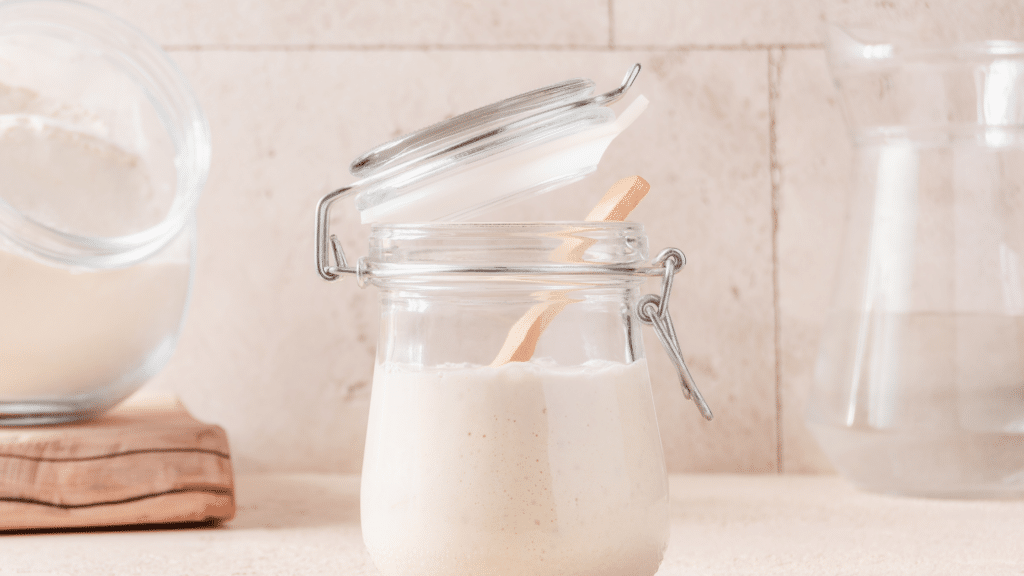
In the past, bakers created bread products using sourdough starters, wild yeast, or yeast obtained from wineries. Today, bakers use yeast more frequently, especially since it is more convenient for first-time or home-based bakers.
Creating a sourdough starter from scratch is not complicated. Besides its a fulfilling task, you also end up with a long-term batch for later use, and you don’t have to worry if your yeast is dead.
That means more time to experiment in the kitchen and less waiting time at the supermarket!
Having a starter removes the need to go out and purchase yeast from the store any time you need some for baking.
What to Do with the Starter
You can store the sourdough starter in the refrigerator. The low temperature of the fridge will make it inactive, meaning you can leave it alone for a few days or weeks.
But to use it for making dough, it needs to be in an active state. You can reactivate the starter by “feeding” the starter, which is another easy process you can do in a matter of minutes.
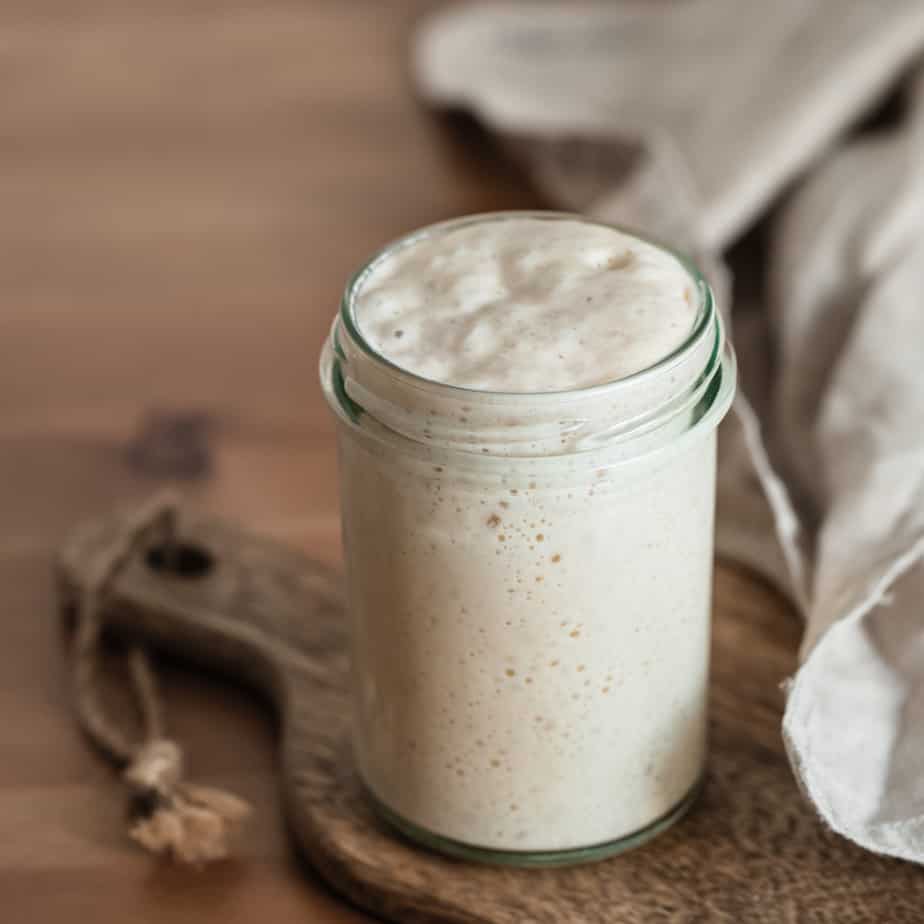
How to Feed a Sourdough Starter
To feed a starter, you need to remove a portion of the starter mixture, then put in flour and water. After this, mix the ingredients and cover the mix.
Store it in a warm place and wait for it to increase in size. It usually takes around six to seven hours.
There are various ways to feed the starter, but a safe bet is to have equal portions of the starter, water, and flour. Make sure only to use an appropriate amount of all ingredients.
Otherwise, you could end up with too much dough for your pizza. Maybe you can donate some to friends getting into the art of baking if you are open to sharing.
What Type of Flour Should I Feed My Sourdough Starter?
Regarding the type of flour for feeding, there are no actual requirements. Any grain-based flour should do the trick, regardless of the key ingredient or label.
That means rice flour, spelt flour, or you can use any wheat flour. Of course, some bakers have an “ideal” flour for feeding-bread flour.
Here’s What the PROs at Homemade Pizza Pro Use and Recommend
A flour with elastic, resistant gluten and protein resulting in a long-rise dough. Ideal for classic Neapolitan pizza made in high heat wood fired, gas or electric ovens in high temperatures over 700 degrees F.
However, you can still use other types of flour for bread or pizza dough.
You can feed any sourdough starters created from wheat flour as long as they become active and healthy.
Ensure that the flour comes from a grain resembling wheat, but prepare for differences in flavor and behavior.
Why Do You Need to Feed a Sourdough Starter?
The primary reason you need to feed a starter with flour is to maintain the health of the mixture. Flour’s main required nutritional component is starch, which varies in different flours.
The flour may affect the starter, but it is good to know that most grains have the necessary nutrients for the bacteria and yeast to survive and continue doing their job.
It is possible to store the sourdough starter for more extended periods without feeding it. However, it only becomes resilient if you established the sourdough starter. Otherwise, all the natural yeast will die off, so you must delay the fermentation process.
That is why it is best to store it in the refrigerator. Before that, you should let it sit at room temperature first. Afterward, cover it with cling wrap tightly in the fridge for about a week.
Generally, you can begin to feed the sourdough starters with different types of flour as long as it comes from grain. However, there is a subtle difference in activity levels and flavor. Overall, it all relies on flour usage. In addition to that, a sourdough starter is a vital building content to create sourdough bread or sourdough pizza dough.
The more flour you have, the more starch for the microorganisms.
Easy as pie!
Using Whole Wheat Flour in Starters
The one flour that we do not recommend for starters is whole wheat flour. Whole-grain flours yield unreliable starters, despite their high vitamin and mineral content.
These components affect their behavior as part of a starter compared to flour used for white bread. Whole-grain starters need feeding more frequently, which can be a hassle for any baker.
In addition, it takes some time to get them right. For example, the starter can bubble unexpectedly or become completely inactive when you use it.
In comparison, white bread flour quickly establishes itself. Its behavior is more predictable, making it a suitable choice for baking.
Once fed, if you have the time and store the starter for future use, you can keep feeding it until you notice increased activity. Many bakers adopt this practice for some starters they create.
What is the Best Flour for a Sourdough Starter for Pizza?
Although bakers typically use bread flour, we think another type of flour is superior. That is Caputo 00 flour, which is also gaining popularity in some circles.
The quality and fineness of this product are why it has seen an increase in use. Think of it as a “cool kid,” but this surge in fame is justified.
Caputo 00 flour is so fine, which makes it comfortable to use. Many professional pizza bakers use this type of flour for their artisanal products, adding to their pizzas’ “premium” feel.
Also, it has a higher amount of gluten than most popular types of flour. However, if you have any relatives or friends who have gluten intolerance, perhaps it is worth seeking a different kind of flour at the nearest store.
The “00” in the flour stands for the flour texture, meaning that this is the finest available on the market. Caputo Flour is a win if elasticity is vital to you or your “trademark” pizza.
Specifically, the Caputo “Cuoco” (or Caputo Chef’s Flour) is used by bakers who use lengthier fermentation processes. It has slightly higher gluten (higher than all-purpose flour), keeping its form during fermentation.
Here’s What the PROs at Homemade Pizza Pro Use and Recommend
The Chef's flour is a general-purpose, high gluten flour that works well for many recipes. "Tipo 00" refers to how refined the flour is. Chef's Flour is best for those who want to bake in their traditional home oven up to 500 degrees Fahrenheit!
Remember that you are free to choose whatever type of flour you prefer. What matters is picking the type of flour that complements your style or target taste. Check out our article on the best pizza flour for more.
You may also make different batches and have a family member check which is preferred. Consider if the resulting texture affects the flavors of the pizzas you want to bake.
The Last Slice
We hope you learned that you can use bleached flour for sourdough starters.
Overall, creating a sourdough starter does not have to be complicated. The creation and feeding process can be done in a matter of minutes. But while you may use any flour, different ones produce different effects.
It is best to use unbleached flour, especially for sourdough starter producers. Likewise, making an excellent sourdough starter is preferable to using whole rye or whole wheat.
Hence, if both flours are available at home, use the unbleached flour for your pizza recipes because it provides better results for a sourdough starter. However, if only bleach flour is available at home, you might as well use it.
The time it takes for the starters to become active may be increased, which can be less than ideal if you are running on a deadline. Ideally, avoid bleached flour.
Always remember that not every batch of pizzas will come out perfect.
There will be mistakes along the way, especially for those still in their beginner stages.
A true baker aspires to do better and sees mistakes as an opportunity to learn and develop more high-quality pizzas as they go along.
Additional Flour Resources

Flour Absorption 101: The Key to Crafting the Perfect Pizza Crust
the PROs
Ah, pizza. The one food that unites us all! What would we do without our delicious, cheesy slices of heaven? …
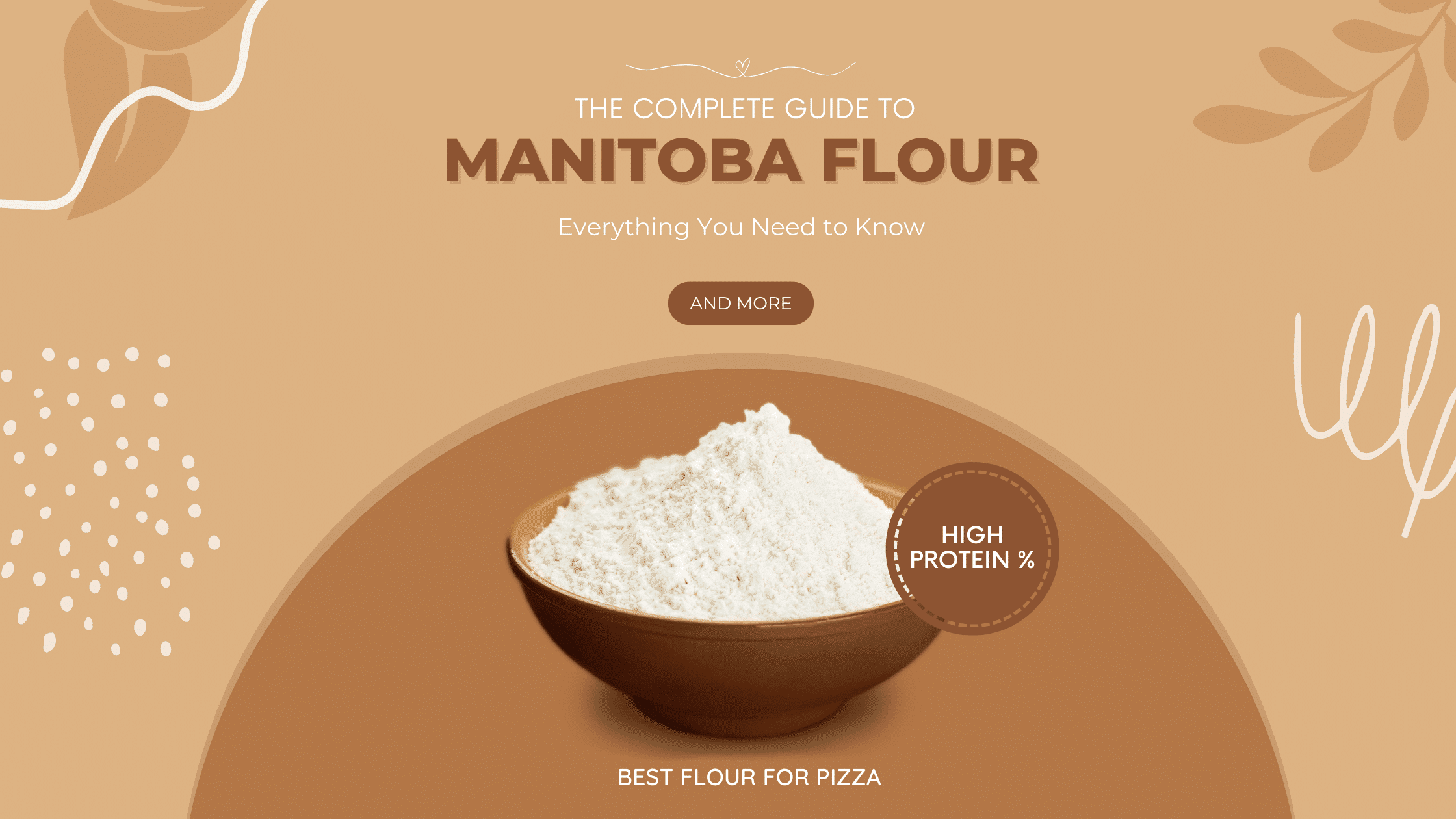
Manitoba Flour: Unlocking the Potential of the #1 High-Gluten Flour
the PROs
You might have heard about Manitoba flour and are wondering what all the fuss is about. Well, let us tell …
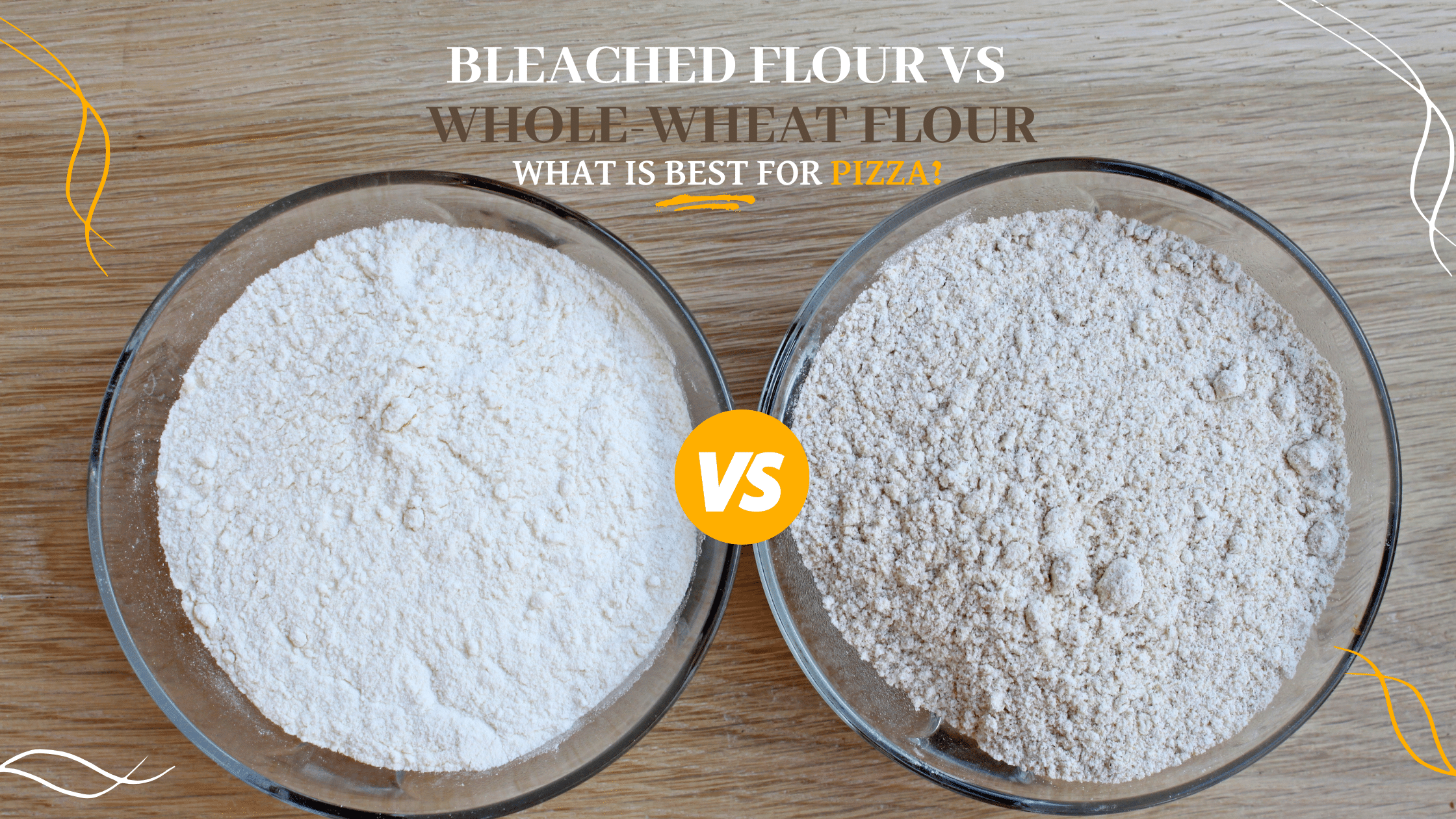
Bleached Flour vs Whole-Wheat Flour: Which is Best for Pizza?
the PROs
Bleached Flour vs. Whole-Wheat Flour The debate over bleached flour vs. whole-wheat flour for pizza is highly contended by those …
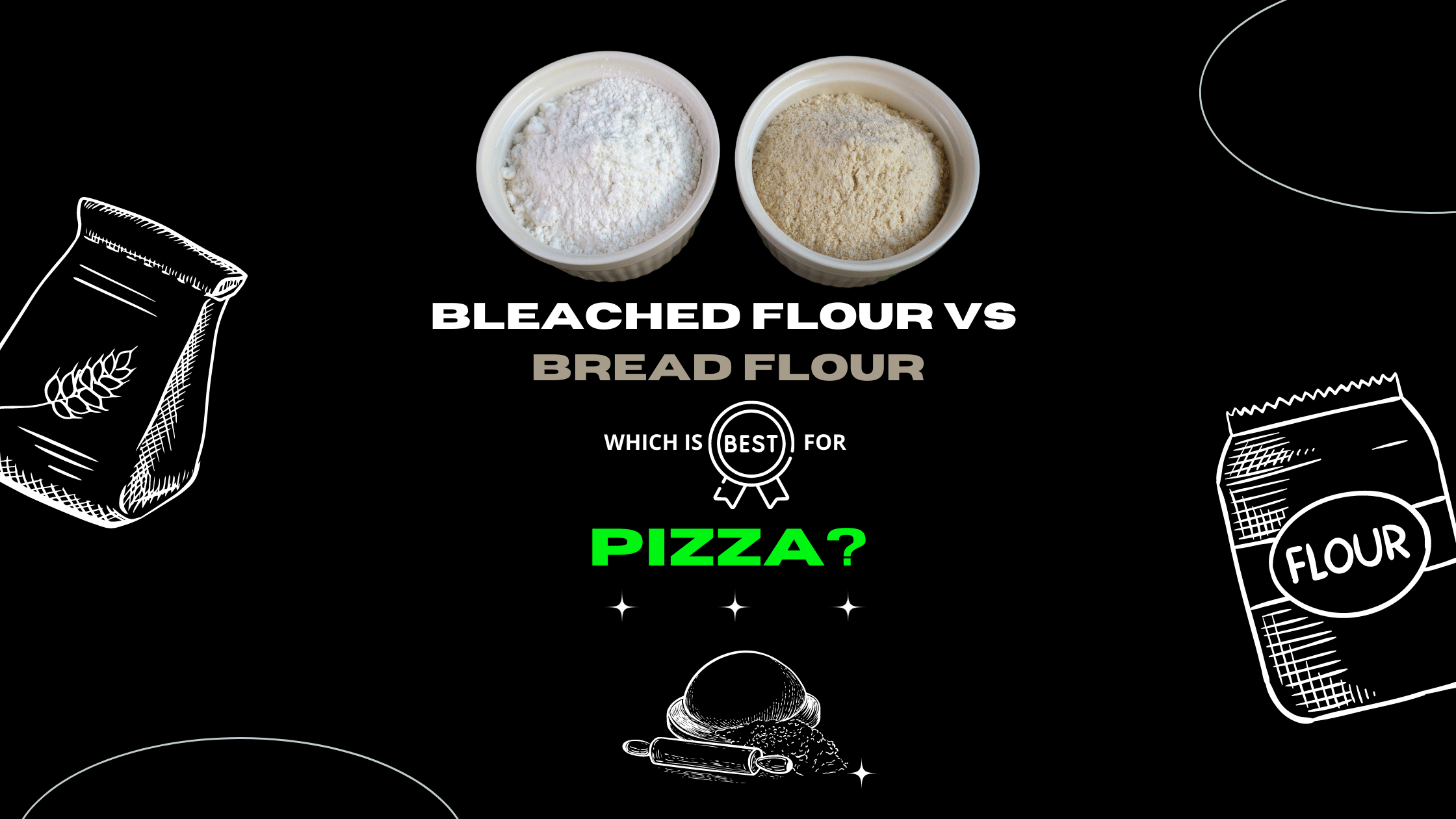
Bleached Flour vs Bread Flour: Which is Best for Pizza?
the PROs
Bleached Flour vs Bread Flour Are you interested in finding out the difference between bleached flour vs bread flour for …
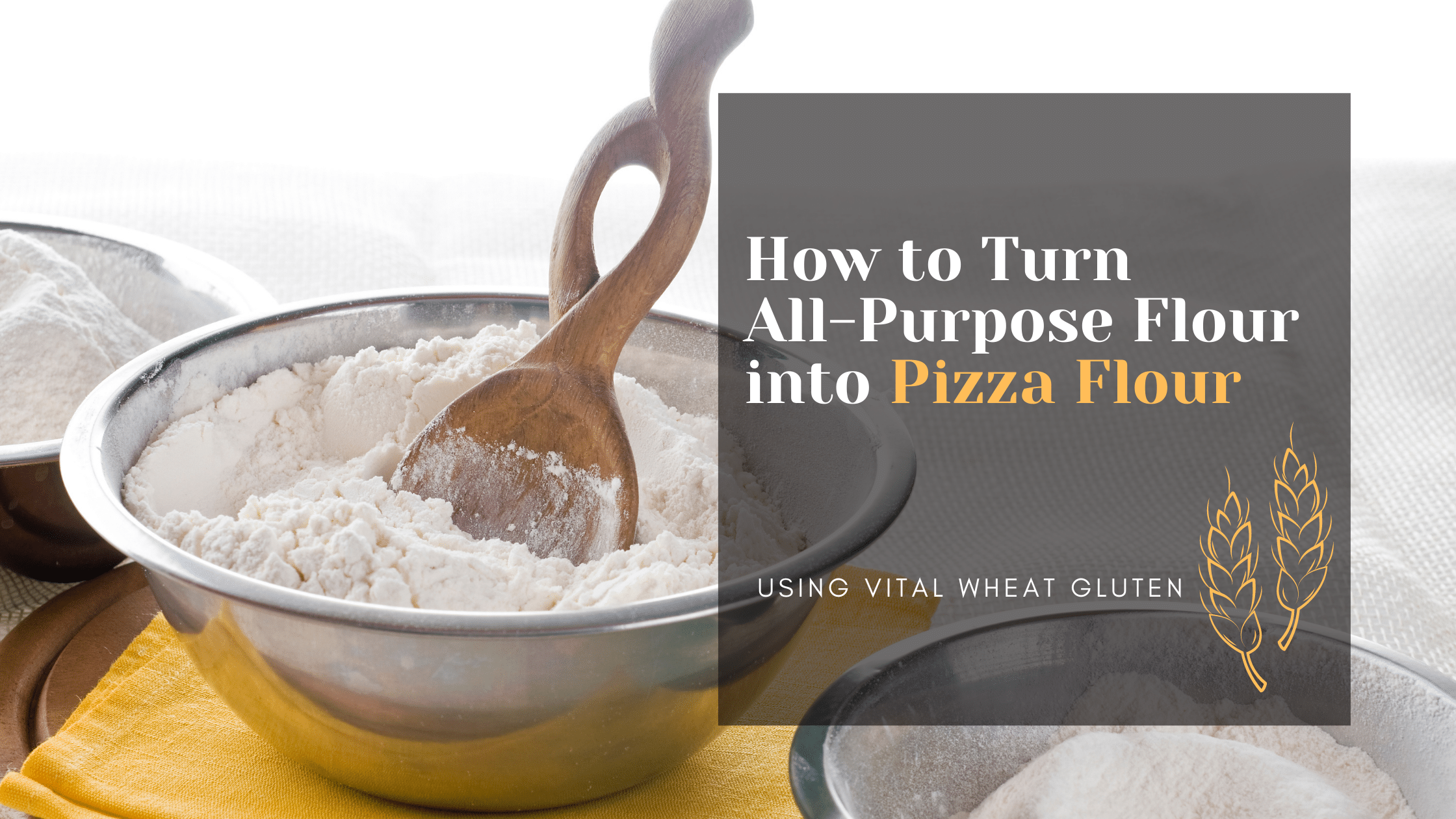
How to Instantly Turn All-Purpose Flour into Pizza Flour
the PROs
How to Turn All-Purpose Flour into Pizza Flour If you want to know how to turn all-purpose flour into pizza …
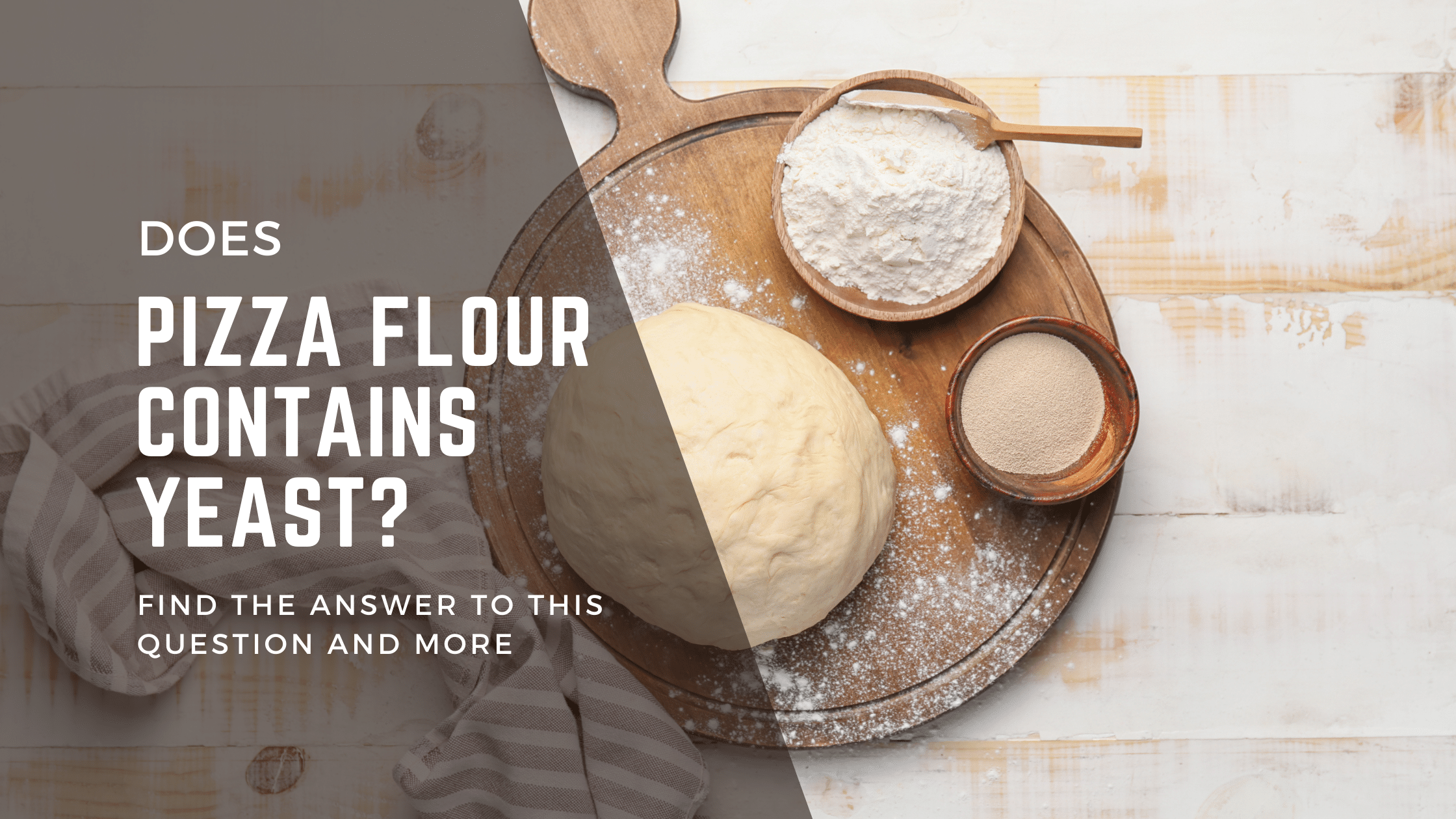
Does Pizza Flour Contain Yeast? Find What You Need to Know
the PROs
Ever wonder what gives pizza its mouth-watering, fluffy, and crisp crust? It’s all about the magic happening behind the scenes …
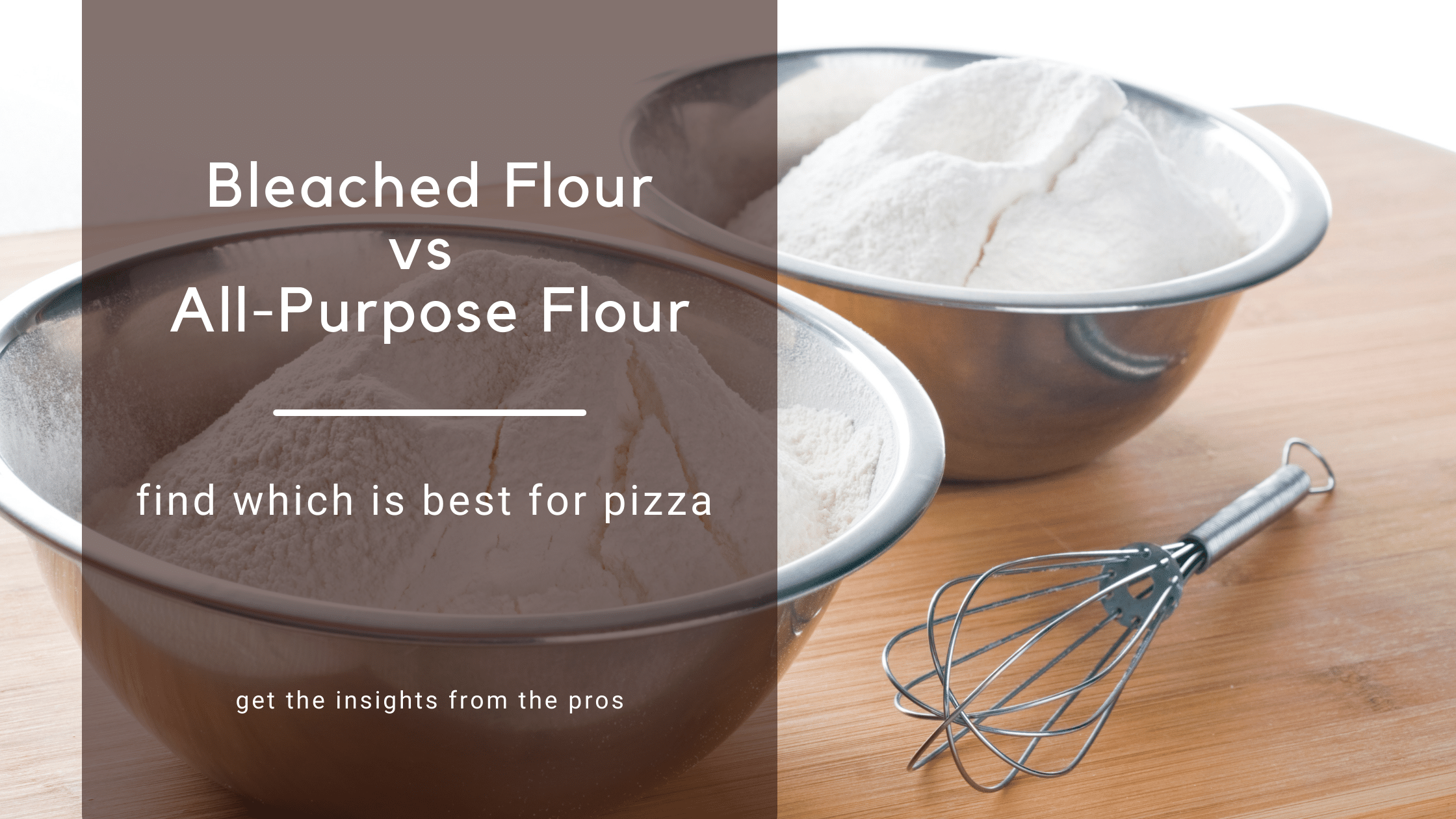
Bleached Flour vs All-Purpose Flour for Pizza (Why AP Flour is Better)
the PROs
Bleached Flour vs All-Purpose Flour for Pizza? Do you want to know which flour to pick to make your pizza …
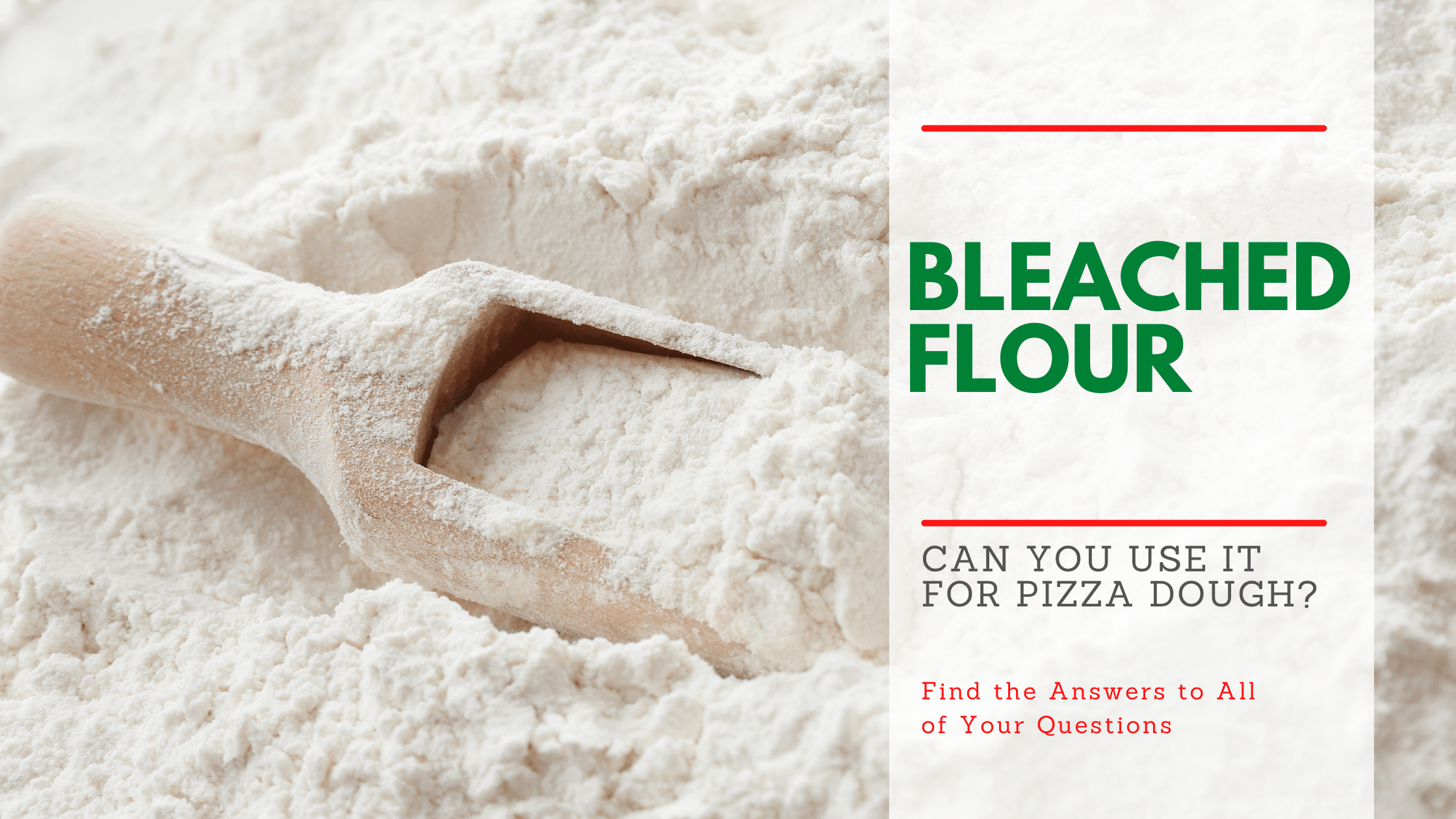
Can You Use Bleached Flour for Pizza Dough? (Why Unbleached Flour Is Better)
the PROs
Bleached or Unbleached Flour for Pizza? When it comes to crafting the ultimate pizza, choosing the right flour is crucial …
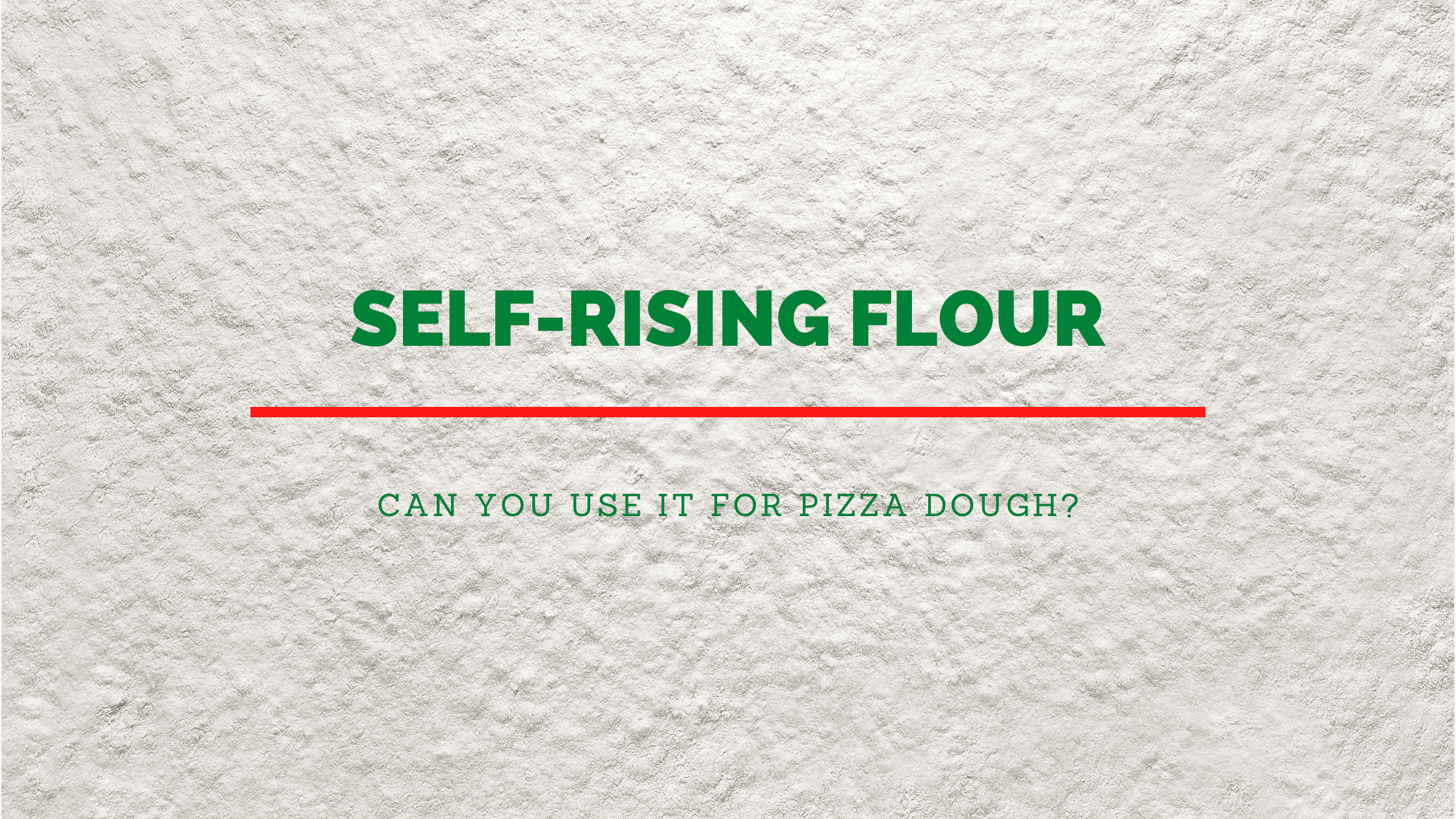
Can You Use Self-Rising Flour for Pizza? Here’s What You Need to Know
the PROs
Are you attempting to bake pizza but have run out of pizza flour? What other flour do you have in …
Enjoy!
Not a PRO? Not a Problem!
Take a pizza class to bring your pizza skills to the next level,
so you can be a PRO!
Related Posts

Costco Pizza Delivery: Find How You Can Get It Now!
the PROs
People go to Costco’s food court for many different reasons, but the cheesy slice of pizza they serve is among …

Pizza for Beginners: Don’t Buy Pizza, Make It! Here’s How to Get Started!
the PROs
You have this idea that you want to make pizza at home as opposed to ordering it, but where do you start? Don’t worry! Here you will find answers and directions to all your questions.

Pizza Toppings Under Cheese or Over Cheese? [Why the Order Matters]
the PROs
Is Pizza Cheese on Top or Bottom? Hey pizza lovers, are you wondering if you should layer pizza toppings under …
Newsletter
Subscribe to our Recipe of the Week newsletter and receive our partners’ latest recipes, tips, and discount offers.
Keep in Touch!
